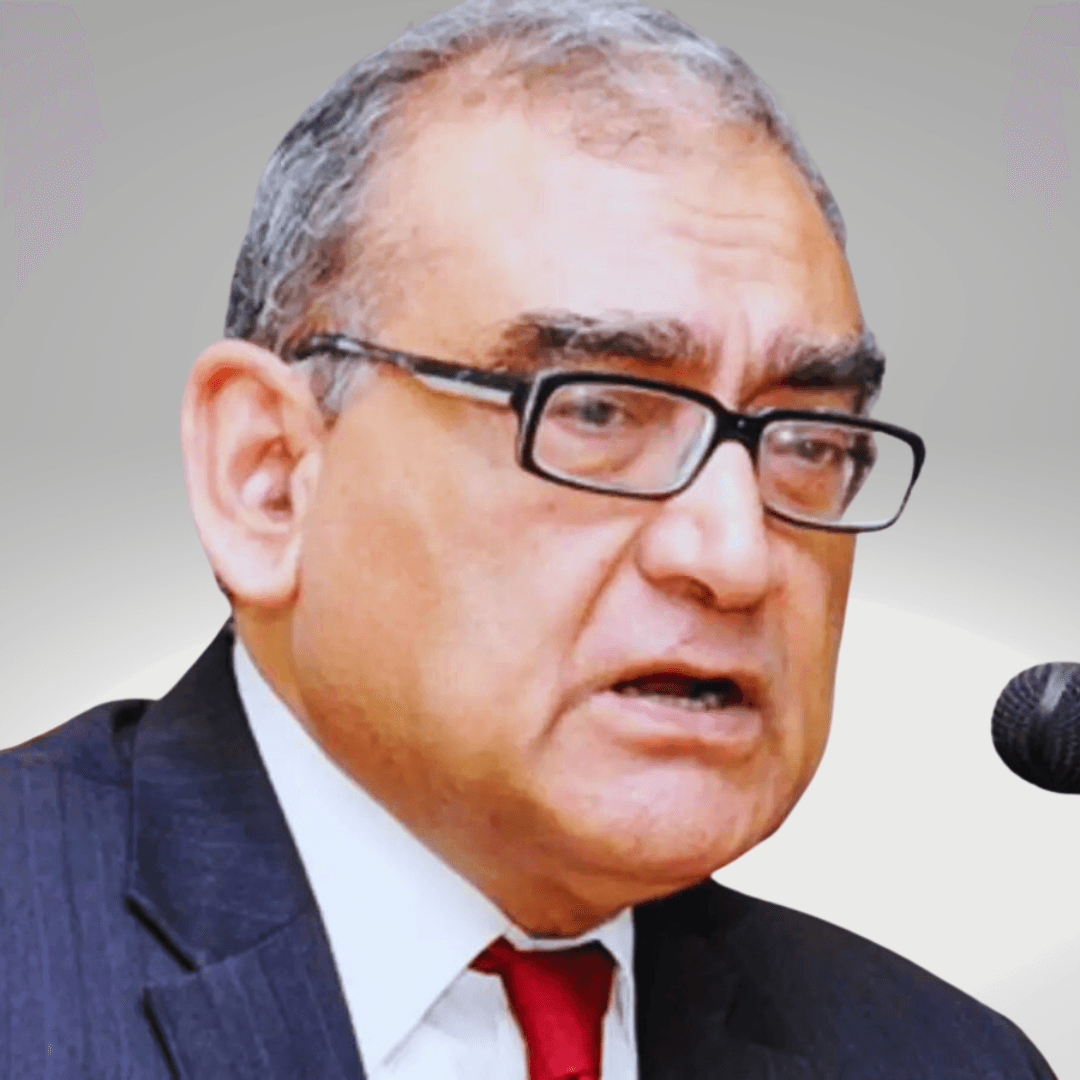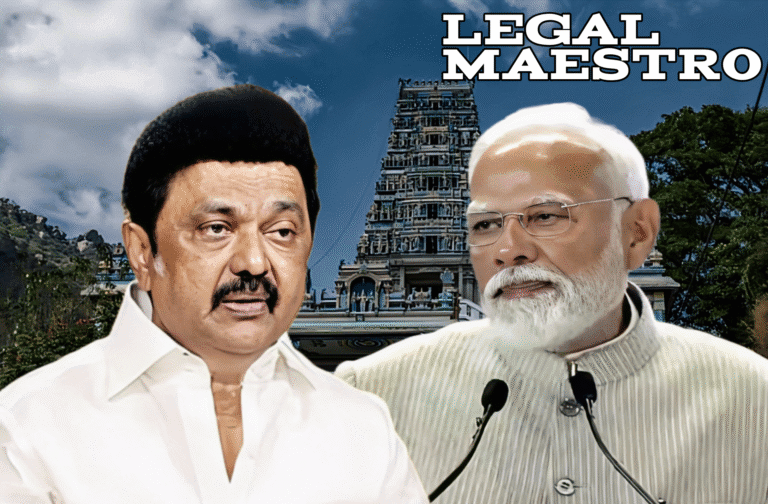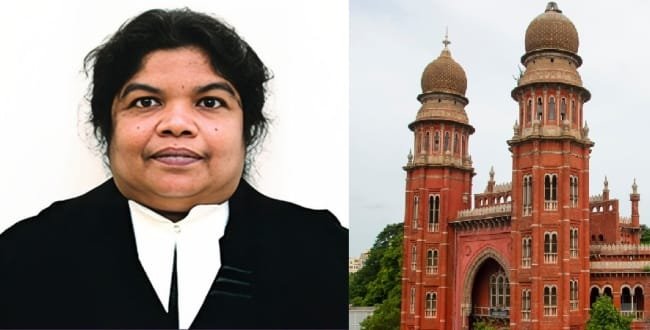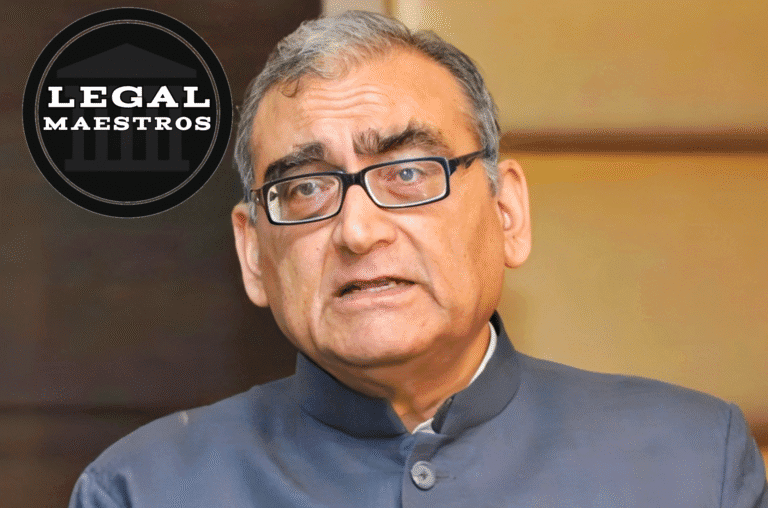
Our books on Indian history are mostly north India centric, and little is written about the great achievements of south Indians.
For long, north Indians have regarded south India as a dark land populated by uncivilised barbarians, unaware of their great achievements in various fields. Indeed in the Ramayana, Kishkindha, which is believed to be in the present state of Karnataka, was regarded to be a land populated by monkeys, not humans, from whom Lord Rama raised a vaanar sena (monkey army) to invade Sri Lanka. Many north Indians still, regrettably, look down on south Indians.
It was therefore an education for me, and a new insight I got, on seeing on youtube today about the archaeological findings in a place called Keeladi, 12 kms from Madurai in Tamilnadu, about an ancient urban civilization which had existed there from about the 8th century B.C. or even earlier, and which is believed by some to have similarities with the Indus Valley Civilization
For any queries or to publish an article or post or advertisement on our platform, do call at +91 6377460764 or email us at contact@legalmaestros.com.
When I became Chief Justice of the Madras High Court in 2004, in my spare time, I made a deep study of south Indian (particularly Tamilian) history, culture and literature, and realised that my knowledge of south Indian history, culture and literature was almost nil and was lamentable, to my shame.
While reading the great ancient Tamilian writer Ilango’s epic Silappathiharam. I came across these lines: “May the Pandya king prosper, who ruled over the south, after conquering the Ganga and the Himalayas in the north (Silappathiharam 11:2 : 17-22).”
At first, I thought this was only poetic exaggeration, since I had heard of north Indian kings or armies which had invaded the south, but I had never heard of a south Indian king who had invaded north India. However, I later read of credible accounts that a south Indian king (perhaps Rajendra Chola who is believed to have executed military campaigns in Southeast Asia e.g.Sri Lanka, Sumatra, southern Thailand, etc which could only have been possible with a powerful navy ) had indeed led a Napoleonic invasion of north India up to the Ganga, and even beyond.
For any queries or to publish an article or post or advertisement on our platform, do call at +91 6377460764 or email us at contact@legalmaestros.com.
All Indians (including south Indians) have read in their school history books of the great Mauryan Empire, the Gupta Empire, the Empire of Harshavardhan, the Mughal Empire and others.
But how many north Indians have heard of Krishnadeva Raya of the Vijayanagar Empire (whose statue, along with his two queens, still stands in the Tirupati temple), or of the great Chola and Pandya kings? Regrettably, very few.
Most Indians have read the Ramayana and Mahabharata, which were epics about north Indian kings, and most north Indians have read the works of Surdas, Tulsidas, Kabir, and in more recent times of the stories of the Bengali writer Sharad Chandra Chattopadhyaya, the Hindi writer Munshi Premchand, etc
For any queries or to publish an article or post or advertisement on our platform, do call at +91 6377460764 or email us at contact@legalmaestros.com.
But how many north Indians have read the great Tamil epics Silappathihaaram or Manimekalai, or the great Tamil treatise Tirukkural by Tiruvalluvar (about whom the great Tamil poet Subramania Bharati wrote “Tamil Nadu is known throughout the world because of Tirukkural”), the Tiruppavai by the poet saint Andal, which is sung by Tamilians in the month of Maarghazhi (maagh or January) all over Tamil Nadu and even abroad ( as I found in my visits to USA and Canada ), or the great poetry of Subramania Bharati who wrote powerful verses for women’s emancipation around 1908-1910 when no Indians or even most foreigners could even conceive of the idea? Very few.
http://justicekatju.blogspot.com/2014/12/subramania-bharathi.html
North Indians know of Hindustani music, but how many know of Carnatic music, and its trinity of Tyagaraj, Muthswami Dikshitar and Shyama Shastri? Hardly any.
For any queries or to publish an article or post or advertisement on our platform, do call at +91 6377460764 or email us at contact@legalmaestros.com.
How many north Indians have heard of the great Keralite social reformer Narayana Guru, who belonged to the low-caste Ezhava community, and fearlessly criticised and campaigned against the inhuman caste system? Practically none.
South Indian temples are massive and unbelievable unless one visits them, and they reveal the high level of knowledge of architecture and geometry of the ancient and medieval south Indians. For example, the Brihadishvara temple of Tanjore is simply astounding, and one wonders how the builders could use such huge stones in building it (which reminds one of the Egyptian pyramids).
The gigantic rock relief ‘Descent of the Ganges’ in the ancient port city of Mahabalipuram, capital of the Pallav Empire, is truly amazing.
For any queries or to publish an article or post or advertisement on our platform, do call at +91 6377460764 or email us at contact@legalmaestros.com.
The large number of Roman coins found in south India show the extensive trade between south India and ancient Rome from the time of Emperor Augustus (who reigned from 27 BC to 14 AD), which indicates the high development of the economy in ancient and medieval south India. Many Roman coins have been found inter alia in Keeladi.
South Indians, unlike north Indians, were seafaring people, with extensive commercial contacts in Southeast Asia.
If we want real integration of India, north Indians must study the history, culture and literature of south India too, instead of only the north, and give south Indians the proper respect they deserve.
For any queries or to publish an article or post or advertisement on our platform, do call at +91 6377460764 or email us at contact@legalmaestros.com.






